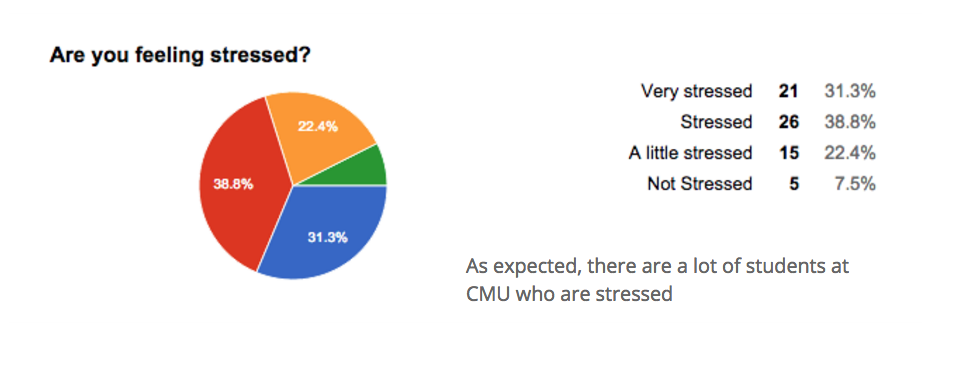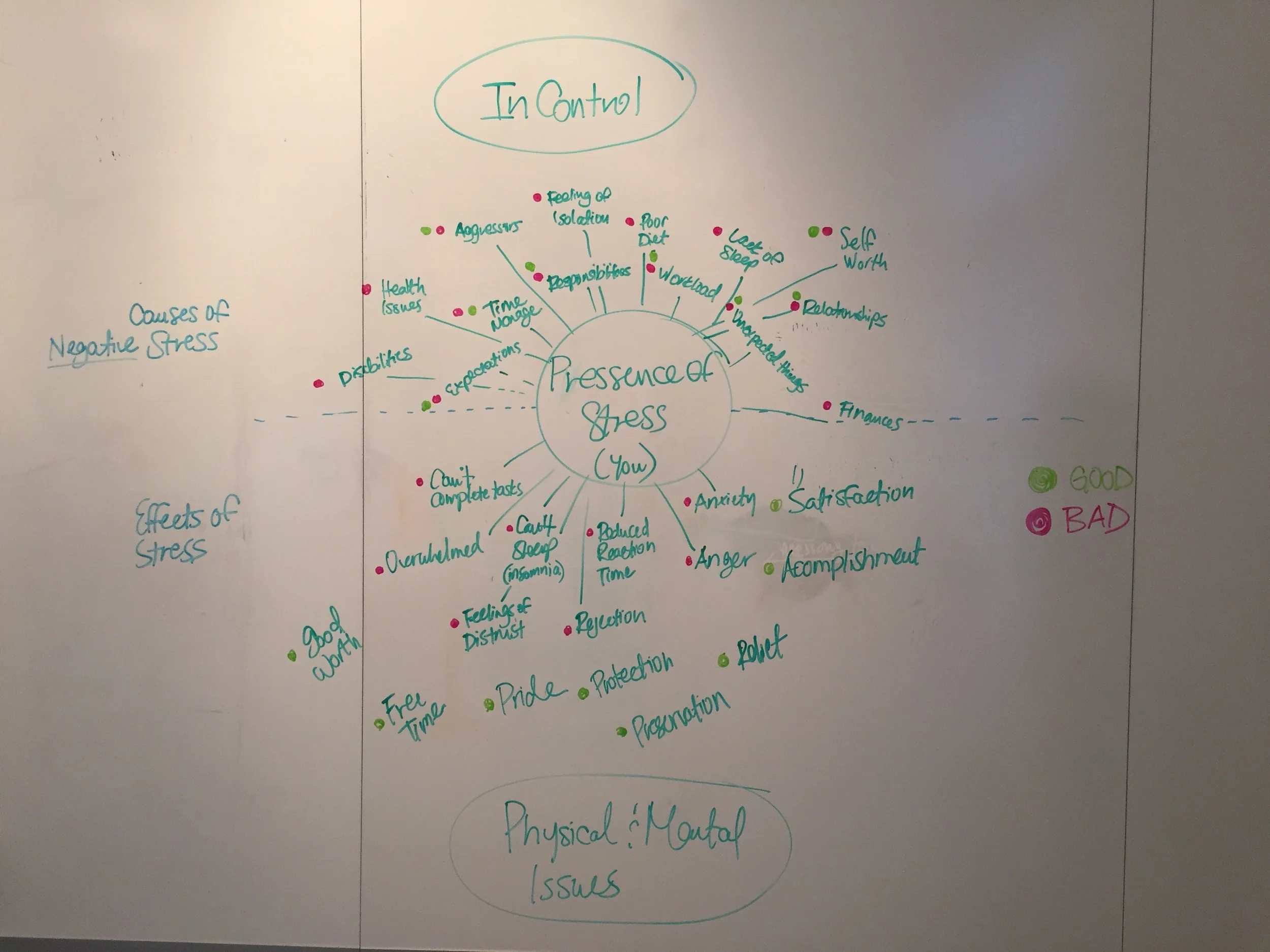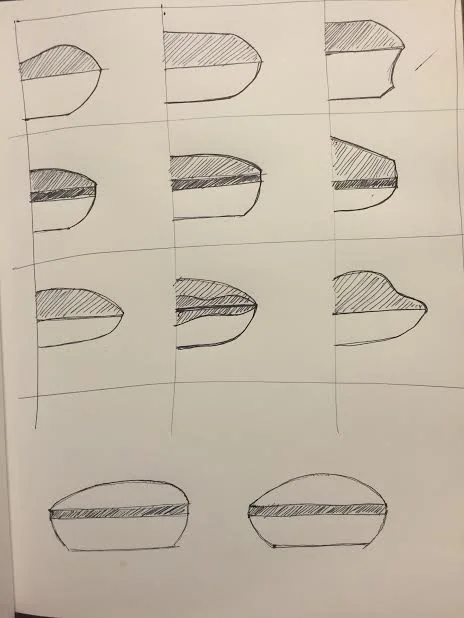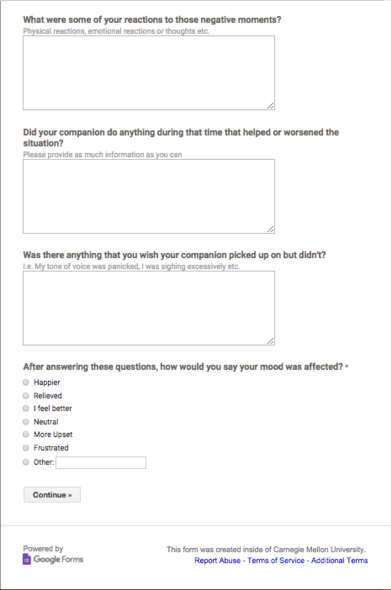Outcome
The Buddy System opens up effective communication channels between people, helping them notice behavioral patterns among their friends. By creating the Buddy System users are enabled to help themselves by providing control of their stress in connecting with their companions.
Physical Product


User Flow
Objective
Stress is a prominent issue for all people. It can sometimes take over the moments that matter to us and we tend to forget what we care about the most. Stress not only effects yourself personally, but can also effect your relationships. Our goal is to create a product that could be used during present moments of stress. With so many products on the market that help with time management, meditation and independent stress management, we knew we wanted to concentrate on a new and important problem.
Process
By interviewing psychologists and students, we figured out the best solution to this problem that does not already exist. From all of these discussions, we knew that companions were a significant part to dealing with stress and could encourage healthy lifestyle in sharing when you are distraught. So we created The Buddy System.
Initial surveying and Companion study
To broaden our understanding of the issue of stress, we interviewed Kurt Kumler, Ph.D., the director of Counseling and Psychological Services at Carnegie Mellon. From our interview, we learned of the existence of different kinds of stress and that the amount of stress we experience is unpredictable and uncontrollable. However, maintaining a proper balance of sleep, diet, exercise and social interactions enables us to be more prepared to handle the day’s potential stressors.





There are a multitude of tools that currently exists to help users balance their physical activity and lifestyle which can help them to build resilience to handle their stress. However, none of these tools place emphasis on maintaining important relationships, nor do they empower users to take control when they are caught in the heat of the moment during a stressful situation. To address this gap in the problem space, we conducted a diary study over the course of four days by pairing participants with one of their closest companions. Throughout the duration of the study, participants were asked to log how they handled stressful situations throughout the day, as well as how they perceived their companion’s stress levels.
Follow up interview
Key Insights
People liked knowing that they were loved and cared for, and that there was someone who was looking out for them. We also found out that some people had considerable difficulty talking about or initiating conversation about their own stress, especially since their companion was not always available to comfort them.
“Sometimes I don’t want to talk about it, but then it’ll come out later”.
“I like it when she notices I’m in a bad mood ... that’s how I know people care. It makes it better, it’s the first thing that’ll help me calm down. I really like that”.
“[Stress] just grows when it’s on your own. I mean I’ve never really been totally alone with everything. I’ve never had to go through anything by myself. I don’t know how well it would go if I dealt with it on my own”.
“Sometimes you don’t know when to share with someone else what’s going on”.
Process









